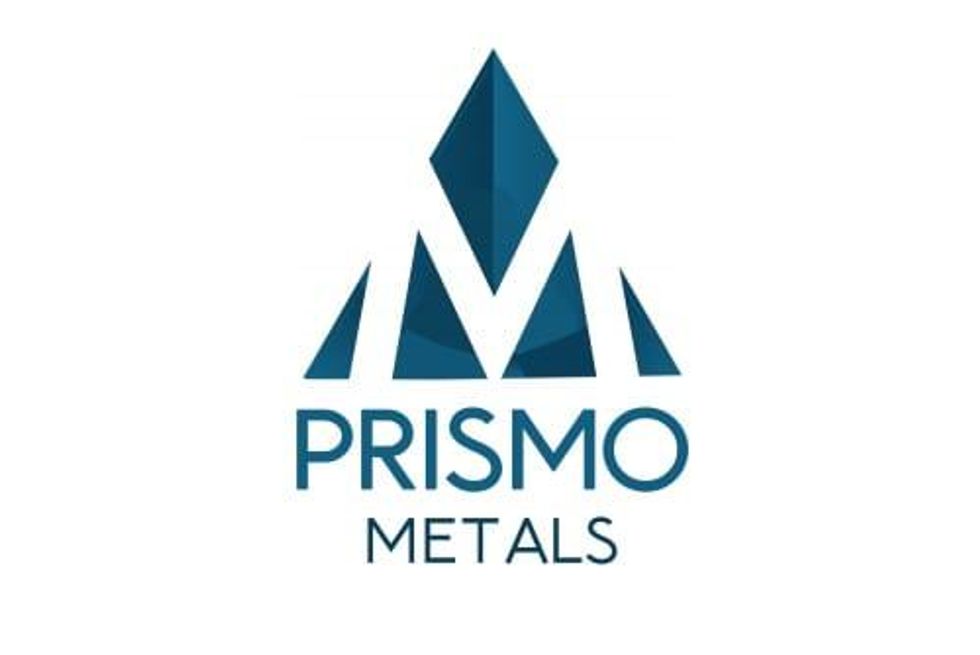Diversifying with Precious Metals: Top Strategies for Silver Investment

As a hedge against inflation, silver is an attractive option that offers multiple avenues for investment.
Like gold, silver is considered a safe haven for investors and has long been viewed as a hedge against inflation. In addition to its precious metal status, silver has numerous industrial applications, making it an attractive investment target.
Investing in silver offers a plethora of advantages, including portfolio diversification and protection against inflation. Silver's industrial demand, stemming from its exceptional conductivity and utility in various sectors, bolsters its value beyond mere ornamentation. Moreover, its relative affordability compared to gold makes it accessible to a broader range of investors.
Ways to invest in silver
For both long-term and short-term investors, investing in silver can offer several advantages. When currency values decrease, the value of silver often increases. It can also diversify investment portfolios, providing a balance against stocks and bonds, which might perform poorly under certain economic conditions.
Silver has a wide range of industrial applications, including in electronics, solar panels and medical devices. This industrial demand can drive the price up, adding to its investment appeal. Demand also fluctuates based on technological advancements and changes in manufacturing processes.
Investors looking at this precious metal will benefit from a deeper understanding of the different avenues for investing in silver and the pros and cons of each option.
Mining stocks
While silver itself is a valuable commodity, silver mining stocks offer a different avenue for potential growth. One of the main benefits of investing in silver mining companies is the leverage they can offer. As the price of silver increases, mining companies can potentially see a significant rise in profits, which may be reflected in the stock price. Additionally, mining stocks often come with the possibility of dividend payments, providing an income stream for investors.
However, there are also risks to consider. Mining companies are subject to operational risks, such as the cost of operations and potential disruptions. Moreover, their performance is not only tied to the price of silver but also to the success of their individual operations and management decisions. Market volatility can also affect mining stocks, making them a potentially riskier investment compared to holding physical silver.
For those interested in exploring silver mining stocks, companies like Pan American Silver (TSX:PAAS,NASDAQ:PAAS) and Hecla Mining (NYSE:HL) are notable examples. These companies have established operations and a history in the market. It's important to conduct thorough research and consider the stability and growth potential of any company before investing.
Silver coins and bars
Silver is generally more affordable than gold, making it accessible to a wider range of investors, including those who are just starting out. Tangible assets like bullion, coins and bars can be particularly appealing in times of economic uncertainty or market volatility. Unlike financial instruments, physical silver doesn't depend on another party's solvency, and can be bought and sold privately.
However, tangible silver requires secure storage, which can be costly. Insurance also adds to the investment's overall cost. The sale of such silver is often subject to capital gains tax, and the tax treatment can be less favorable compared to other investment vehicles. In some jurisdictions, silver is taxed at higher rates.
Investors should be aware that selling large quantities of physical silver can be challenging and time consuming. Finding a buyer at the desired price may take time, and this investment requires active management from storage to selling. Coins, like the American Silver Eagle or Canadian Maple Leaf, are recognized worldwide, enhancing their liquidity.
ETFs and mutual funds
Silver exchange-traded funds (ETFs) can be a gleaming prospect for those looking to diversify their portfolio with precious metals. Silver ETFs offer a convenient way to gain exposure to the silver market without the need to physically hold the metal. The Motley Fool recommends considering ETFs that provide exposure to a broad array of silver companies.
The iShares Silver Trust (ARCA:SLV), Global X Silver Miners ETF (ARCA:SIL) and Amplify Junior Silver Miners ETF (ARCA:SILJ) are names to consider.
One of the main advantages of silver ETFs is the ease of trade. Unlike physical silver, ETFs can be bought and sold like stocks on major exchanges, providing liquidity and flexibility.
Royalties and streaming companies
Royalty companies provide upfront capital to mining companies in exchange for a percentage of the revenue generated from the mine. Streaming companies, on the other hand, receive physical silver at a predetermined price, providing a steady supply and a hedge against silver price volatility.
One of the main advantages is risk reduction. Unlike traditional mining companies, royalty and streaming companies are not directly exposed to the operational challenges of mining. This translates to lower operational costs and reduced risks such as labor disputes or geopolitical complications. Companies like Franco-Nevada (TSX:FNV,NYSE:FNV) and Wheaton Precious Metal (TSX:WPM,NYSE:WPM) have established themselves as leading players in the industry, offering investors stability and exposure to multiple mining operations.
Silver Crown Royalties has positioned itself as a notable player in the silver investment landscape. As a revenue-generating, silver-only royalty company, Silver Crown Royalties has demonstrated strategic growth initiatives aimed at maximizing shareholder value.
“We're the only company that is a pure silver proxy that's an equity vehicle. So unlike investing in silver metals, because we have organic growth, we have exploration upside, we have all the things that a company would have. We also aim to pay a dividend. There's no other vehicle out there that has that,” Peter Bures, founder, chairman and CEO of Silver Crown Royalties said of his company’s value proposition.
Founded by industry veterans, Silver Crown Royalties is a pre-IPO stage company, focusing on silver as byproduct credits. The company's recent amalgamation agreement and upsizing of its royalty in the Elk Gold Mine underscore its commitment to expanding its portfolio and enhancing its revenue streams.
Investor takeaway
Investing in silver can be a wise decision for those looking to diversify their portfolio and protect against economic uncertainties. With various avenues available, from physical silver to silver streaming companies, investors have the flexibility to choose the path that best aligns with their investment strategy and risk tolerance.
This INNSpired article was written as part of an advertising campaign for a company that is no longer a client of INN. This INNSpired article provides information which was sourced by INN, written according to INN's editorial standards, in order to help investors learn more about the company. The company’s campaign fees paid for INN to create and update this INNSpired article. INN does not provide investment advice and the information on this profile should not be considered a recommendation to buy or sell any security. INN does not endorse or recommend the business, products, services or securities of any company profiled. If your company would benefit from being associated with INN's trusted news and education for investors, please contact us.



